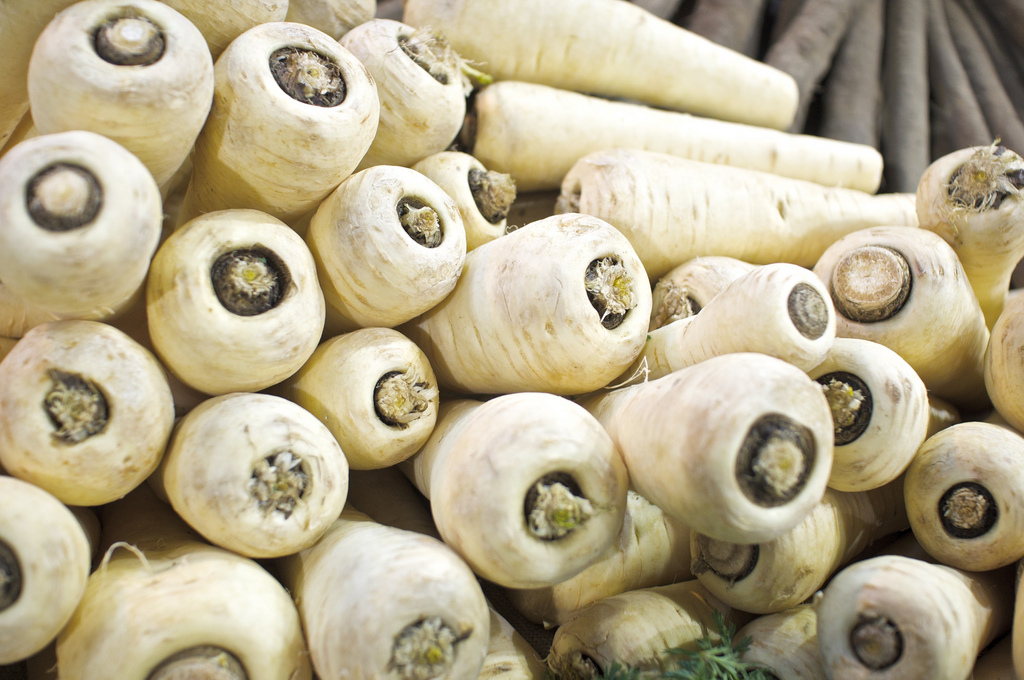This April, Jewish believers around the world are celebrating the holiday of Passover, or Pesach. My father was raised as an Orthodox Jew, and even though he gave his life to Jesus as an adult and followed in the Christian faith, he made sure to educate me regarding the customs and culture of his upbringing.
The Passover dinner (or Seder), which is eaten on the first night of this weeklong religious observance, is an extremely symbolic meal. One of the six traditional foods shared on this night is maror, or the “bitter herb” horseradish. When placed on the tongue, it is to bring to mind the bitter times of slavery the Jewish nation endured under the heavy hand of the Egyptians. It is followed by a taste of chopped apples and nuts which then prompts those celebrating this day to savor the sweetness of freedom experienced when God rescued the Israelites and set them on a path to the Promised Land.
It was at a Passover Seder, at the age of 12, that I first sampled horseradish. I fell instantly “in like”. Now whenever I taste its pungent kick, I am reminded of not only my ancestral heritage, but also of how powerful my God is.
Not only is the flavor of horseradish kickin’, but I have recently come to understand that it’s nutritionally kickin’ as well. And boy, do I love it when I find out that one of my favorites packs a healthy punch! Horseradish is high in vitamin C, fights infection, lowers your risk of cancer, and has anti-inflammatory properties—just to name a few of its wonderful benefits.
So pick yourself up a jar (in the refrigerated dairy aisle) and begin to enjoy its versatility and great flavor. Stir it into dips, sauces, and salad dressings. Mix it into tuna salad. Smear it on sandwiches. Dab it on fish, pork and steak. And each time you find yourself enjoying horseradish’s heat may you be reminded afresh of the great feat God displayed in rescuing His people from the bitter land of Egypt.
For more on Passover and Lent…
Image: Flickr






















